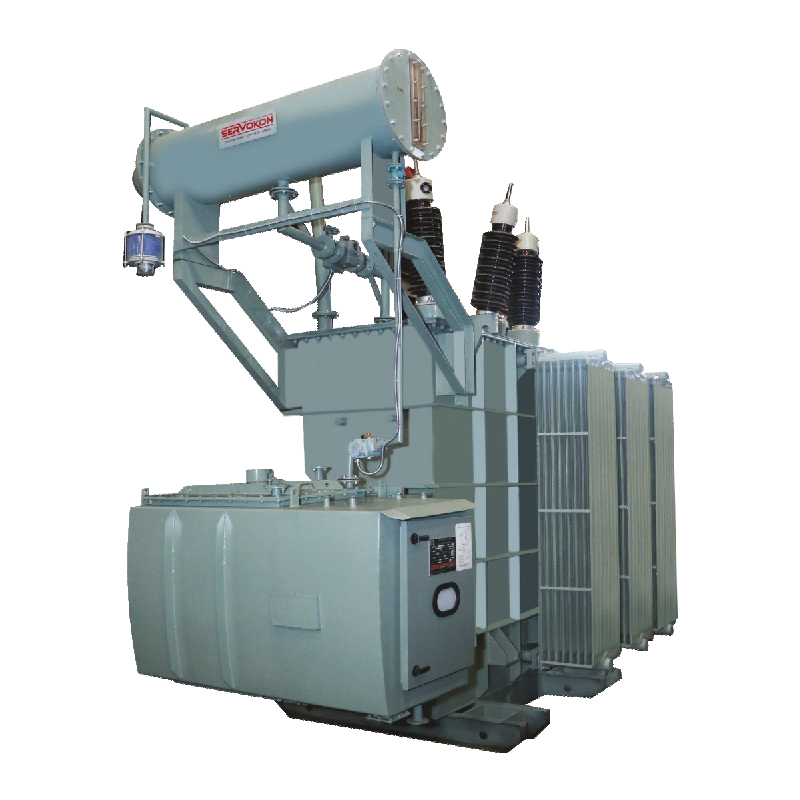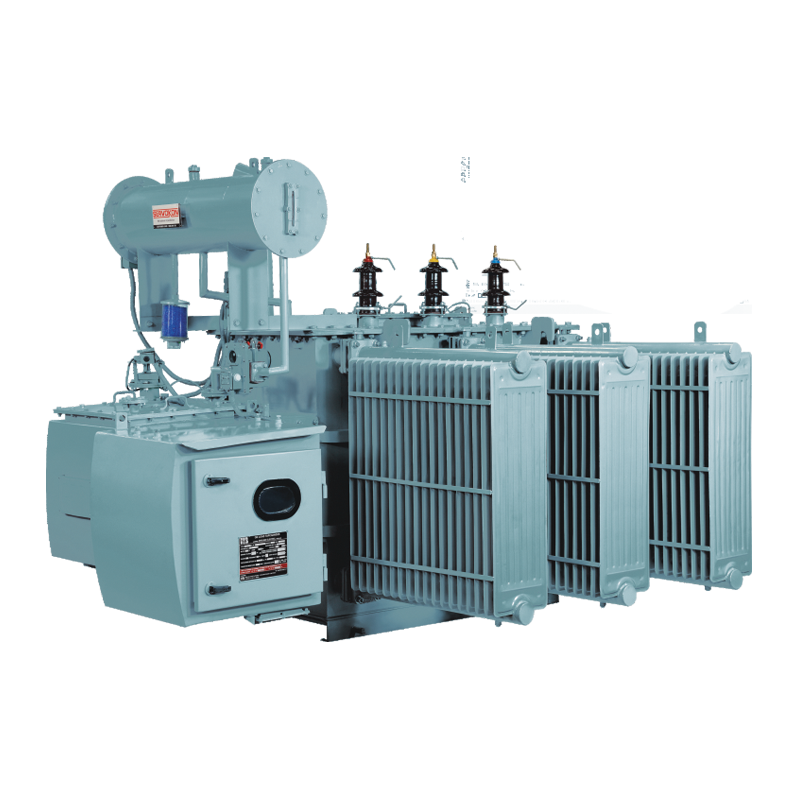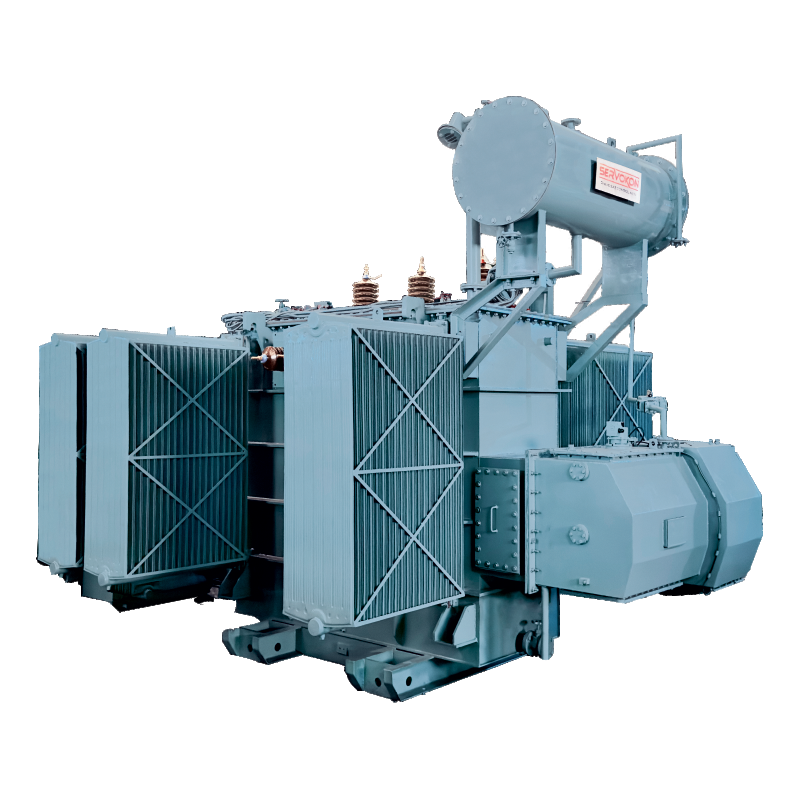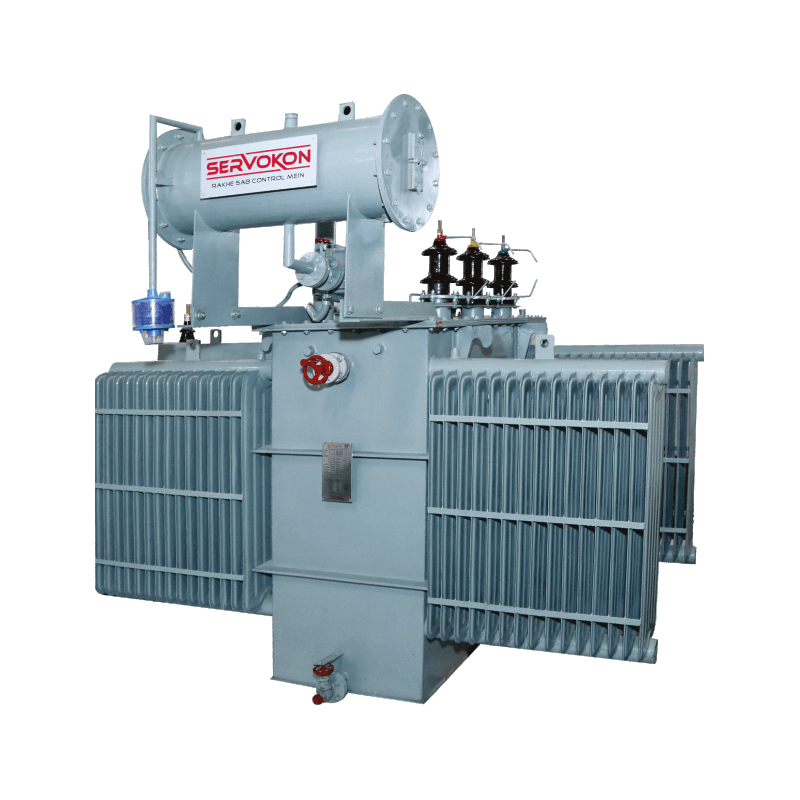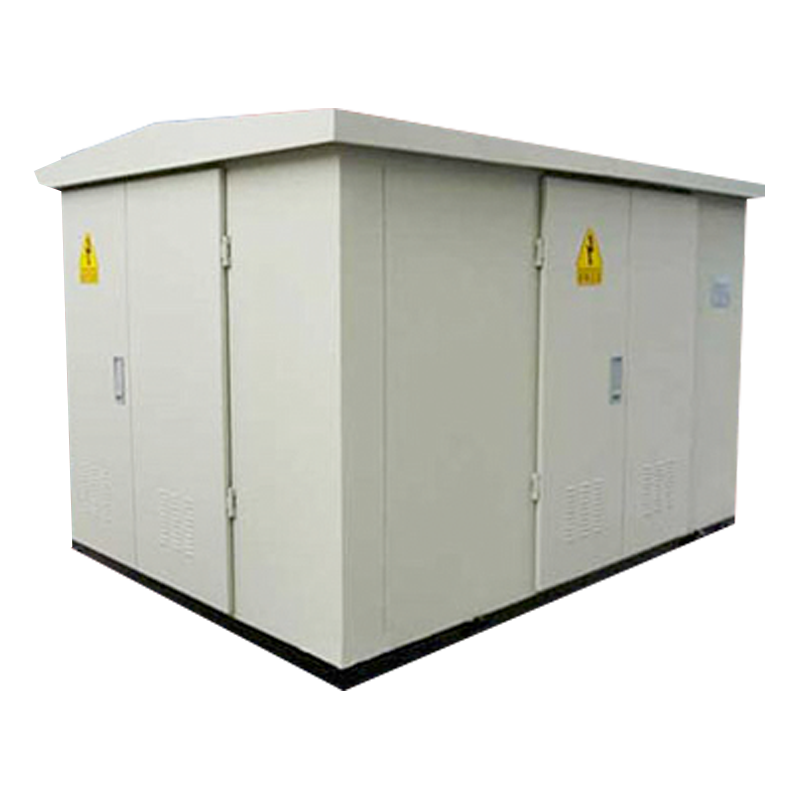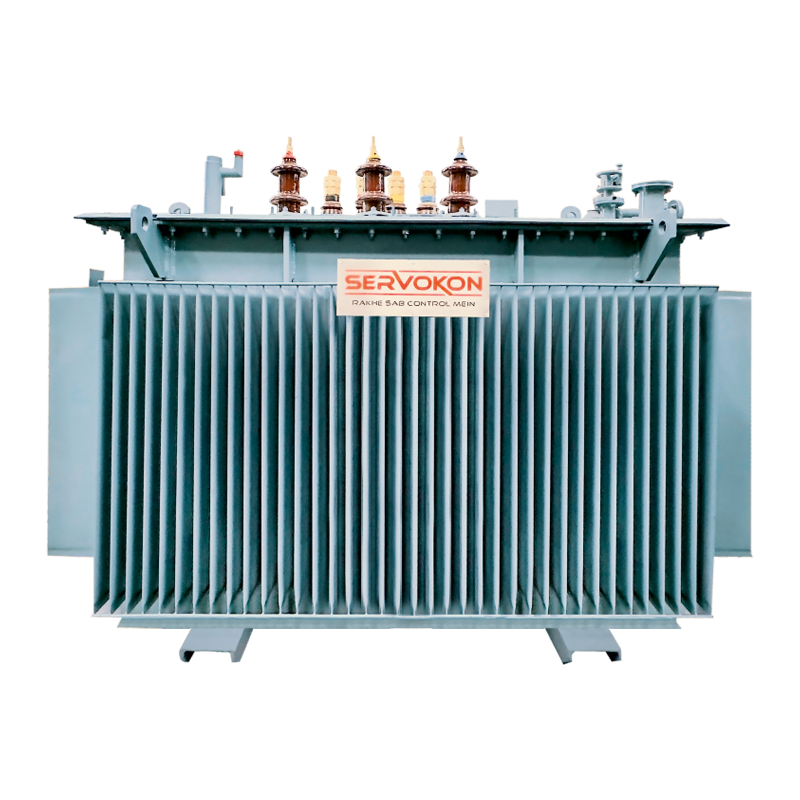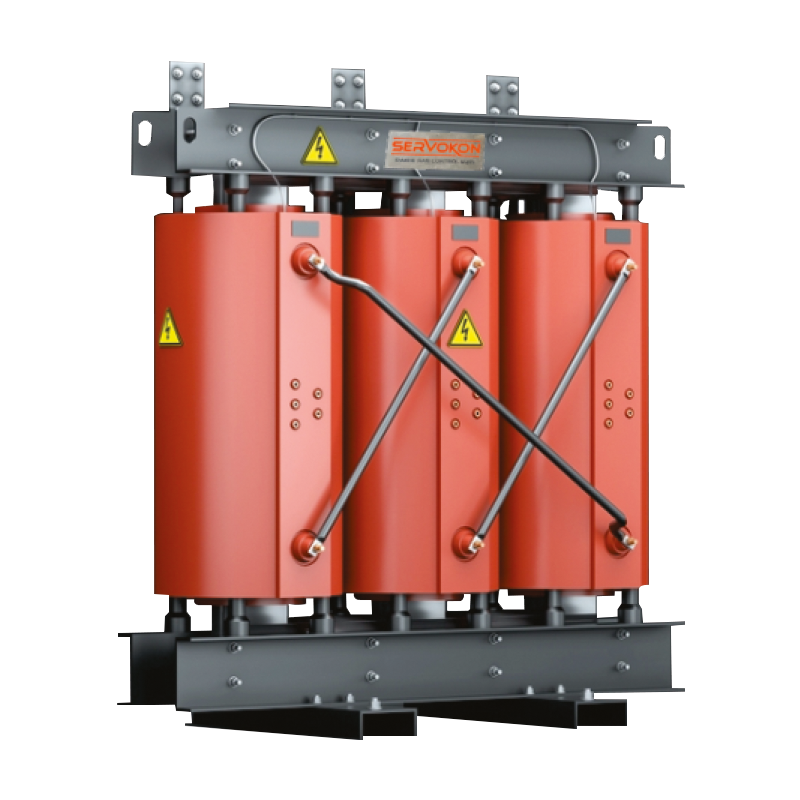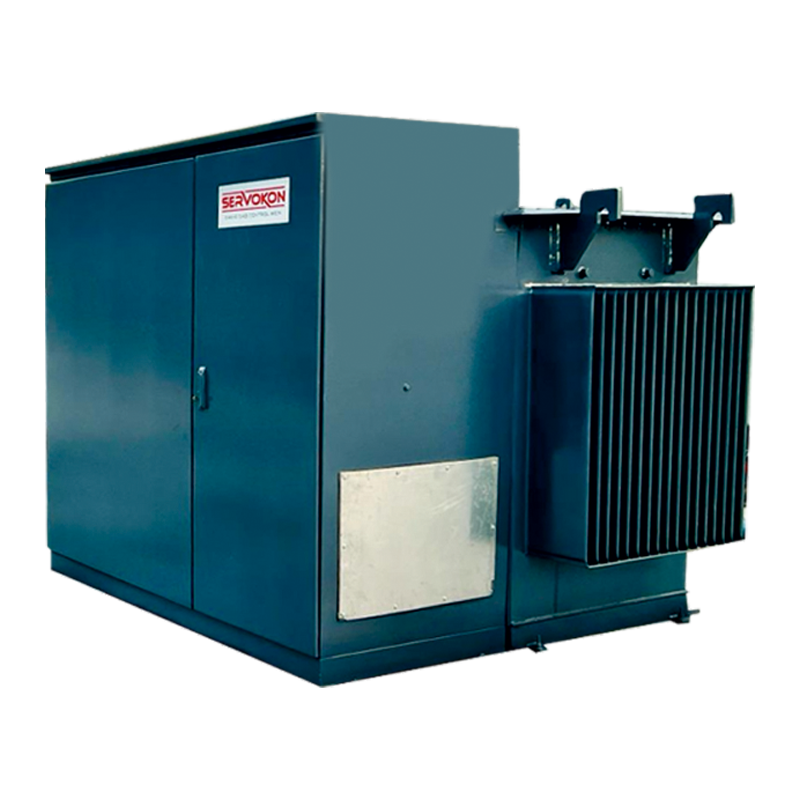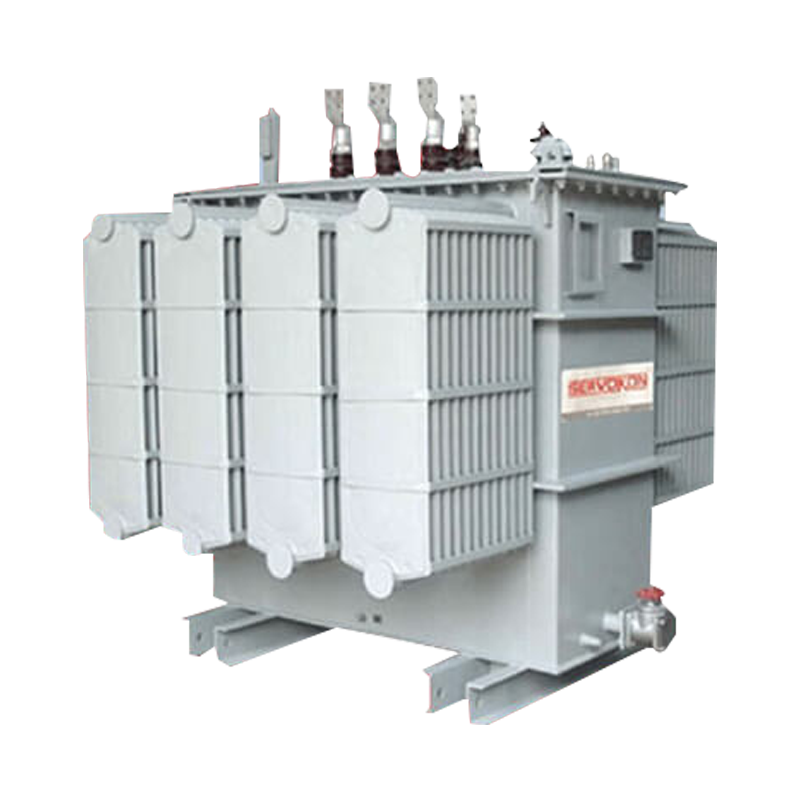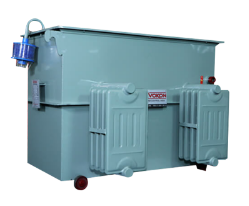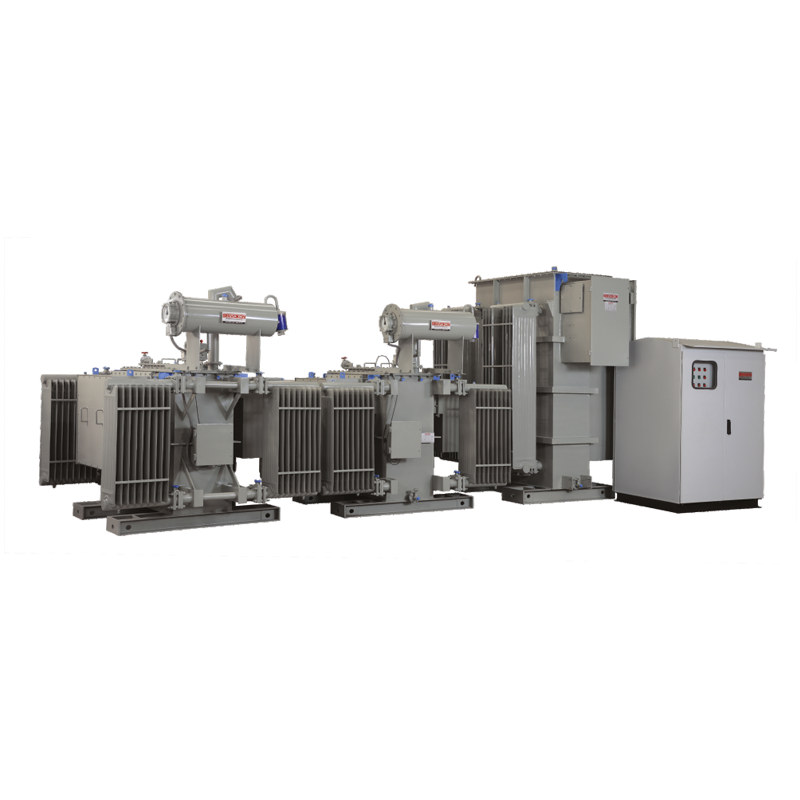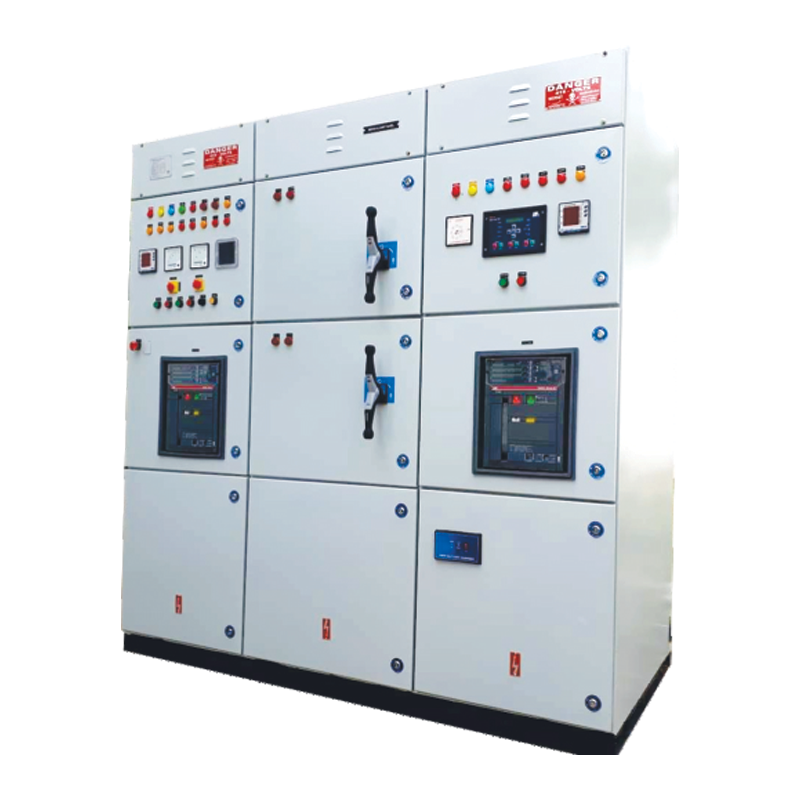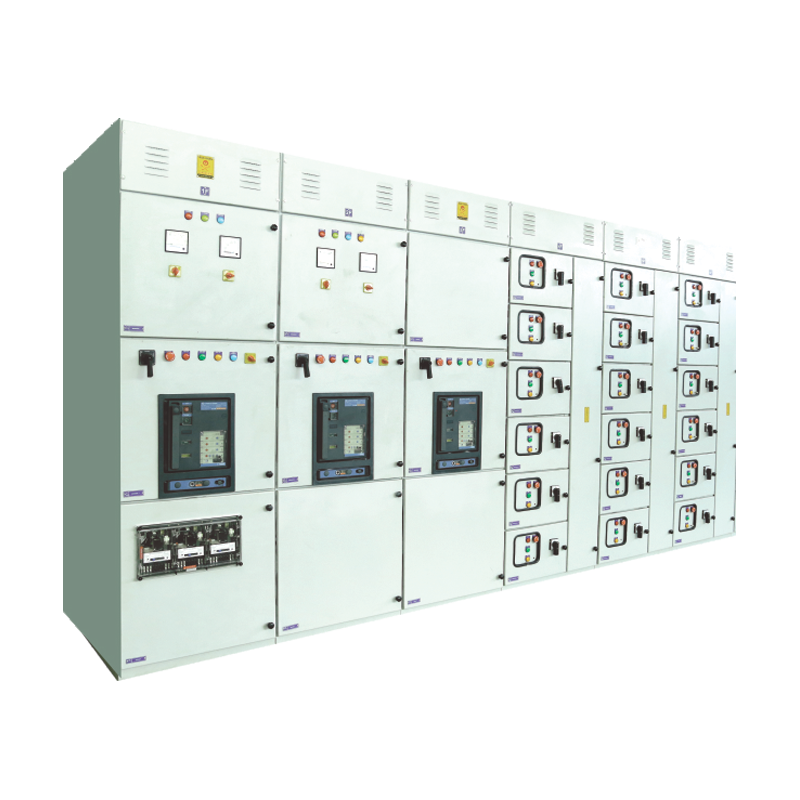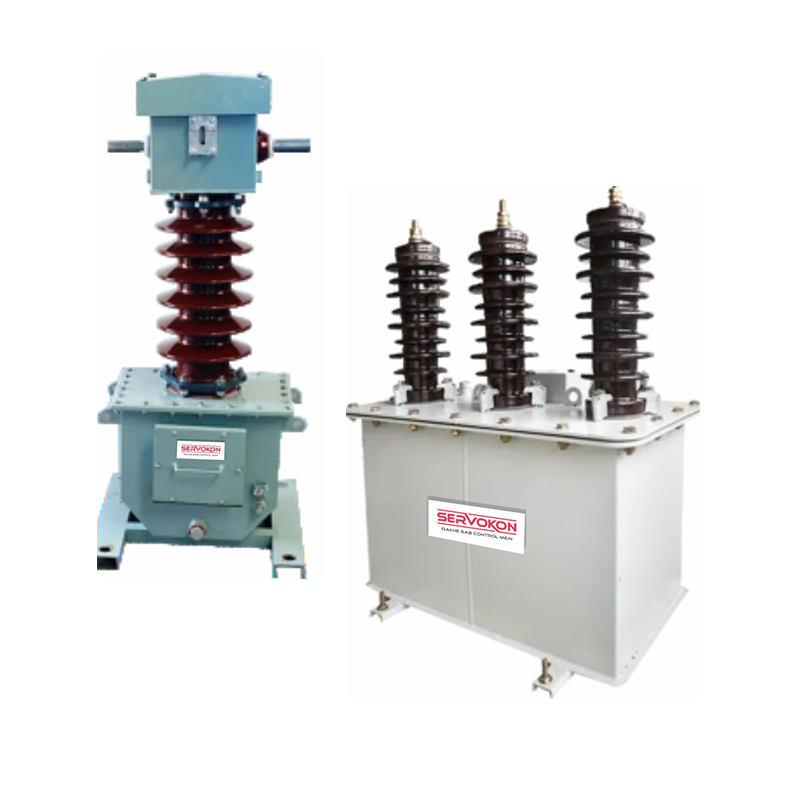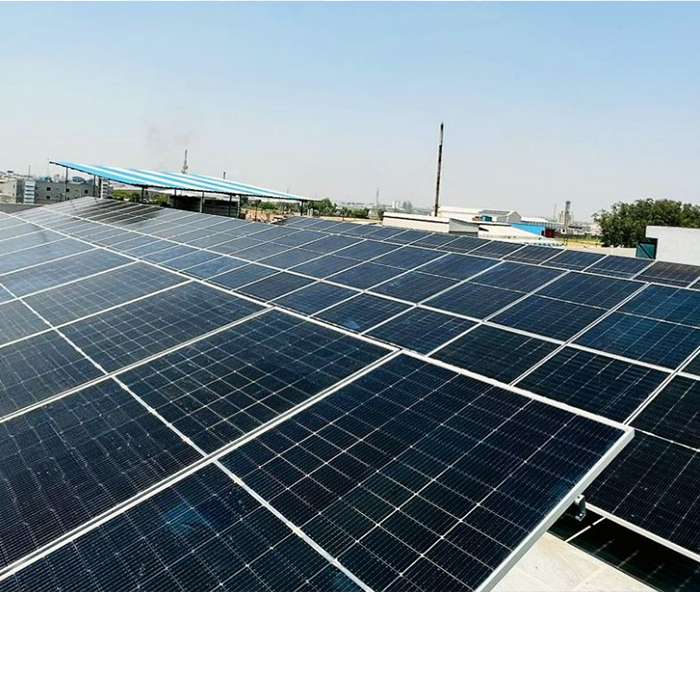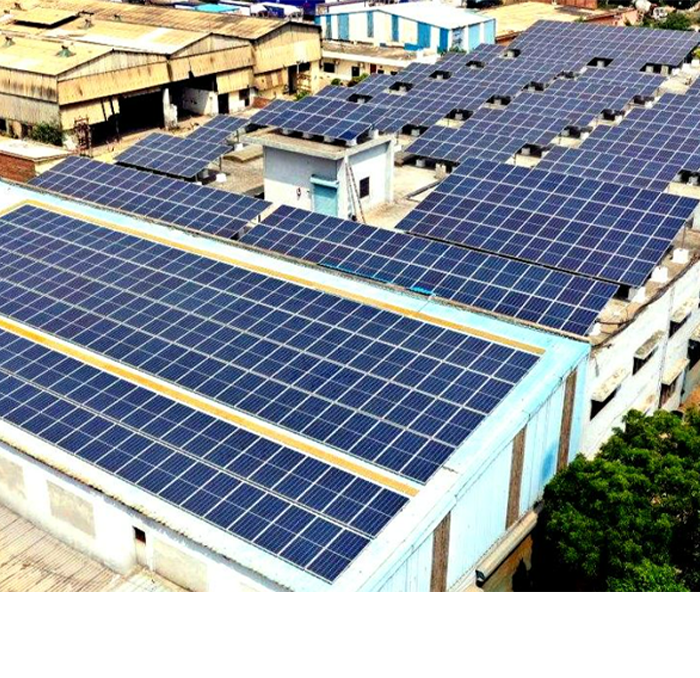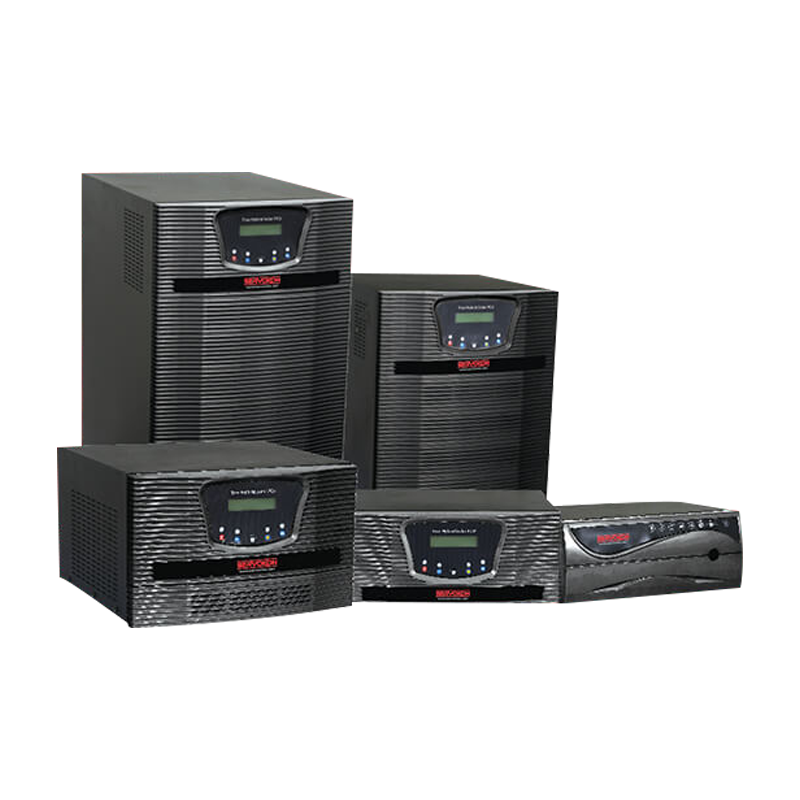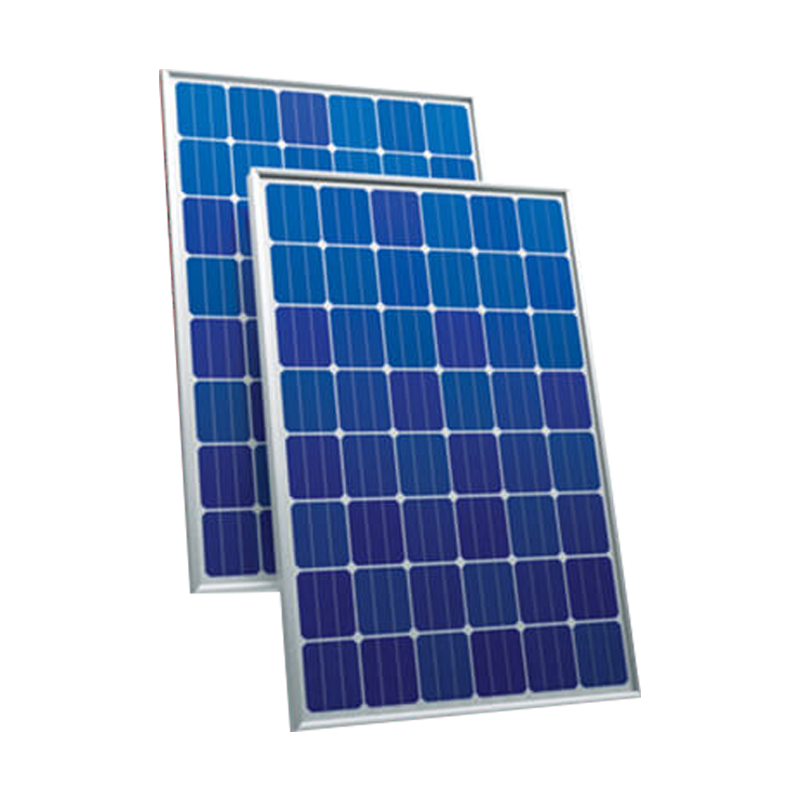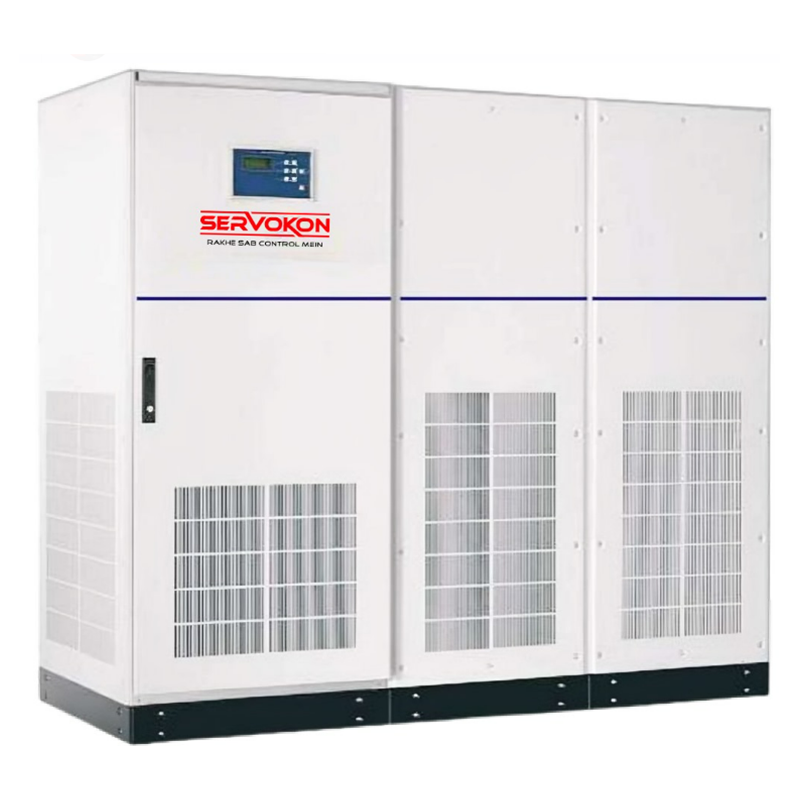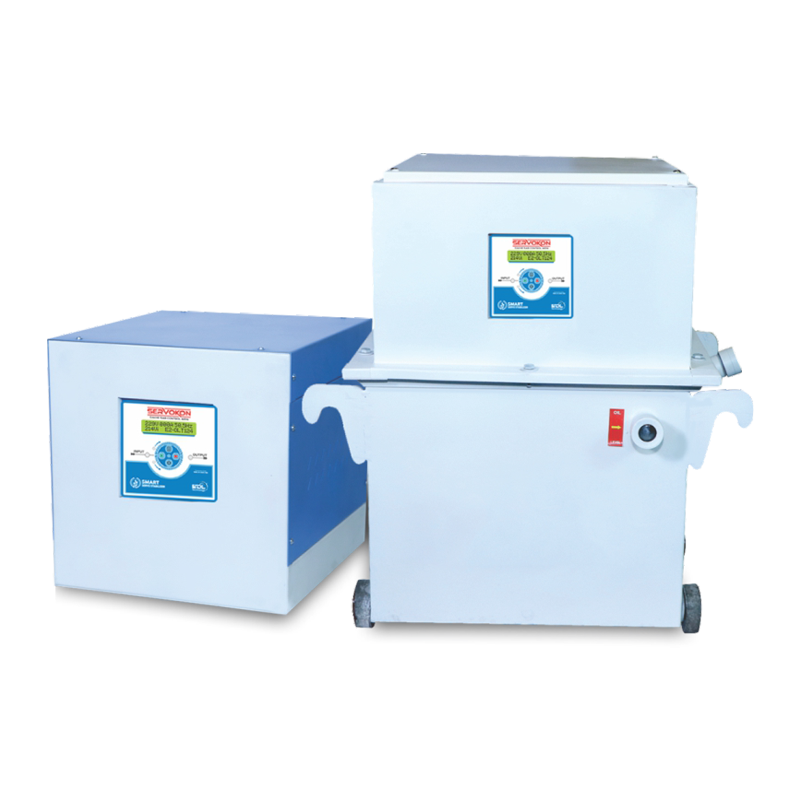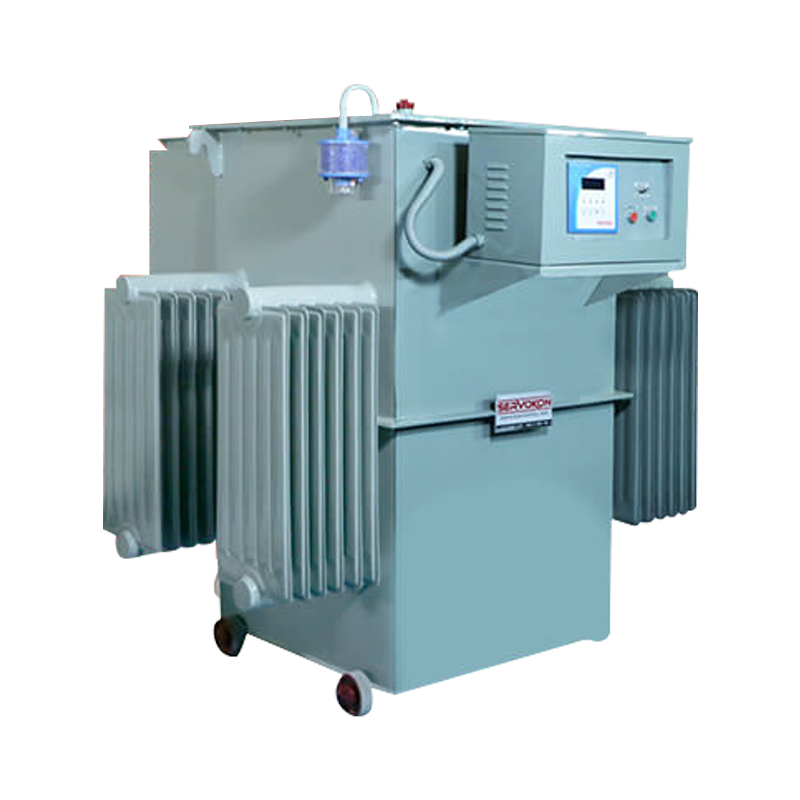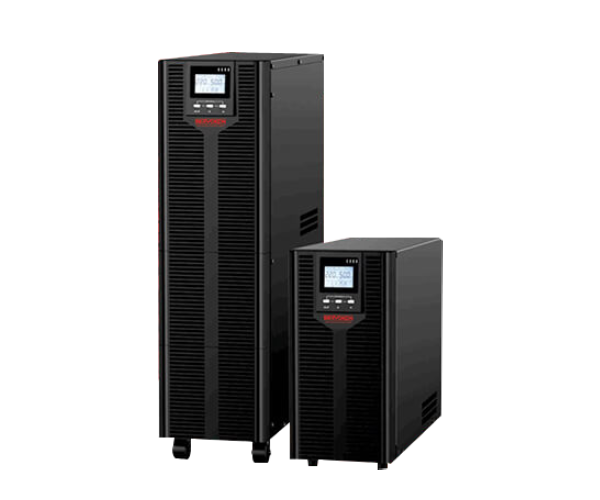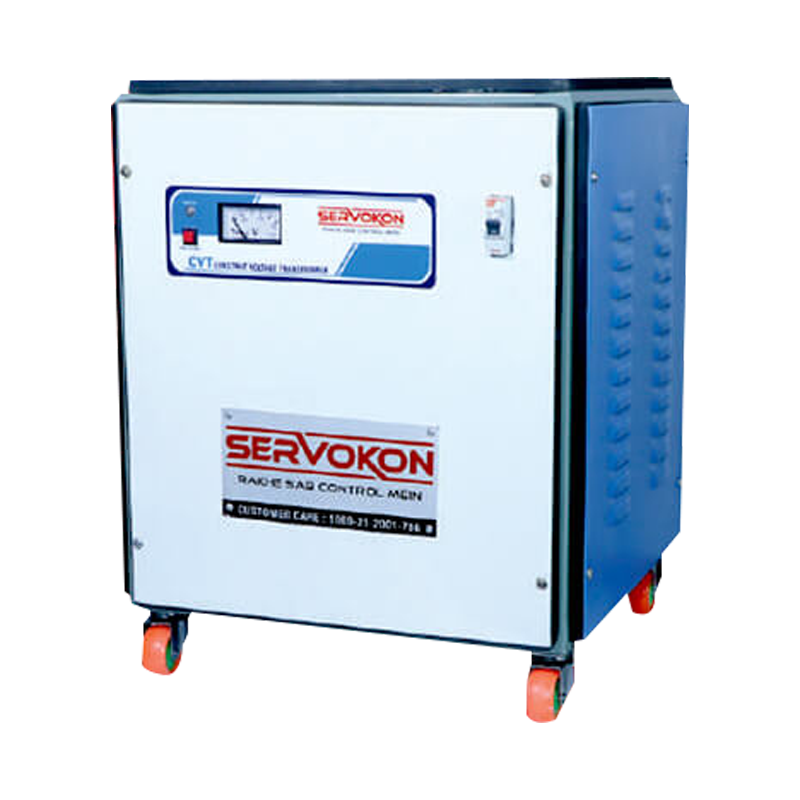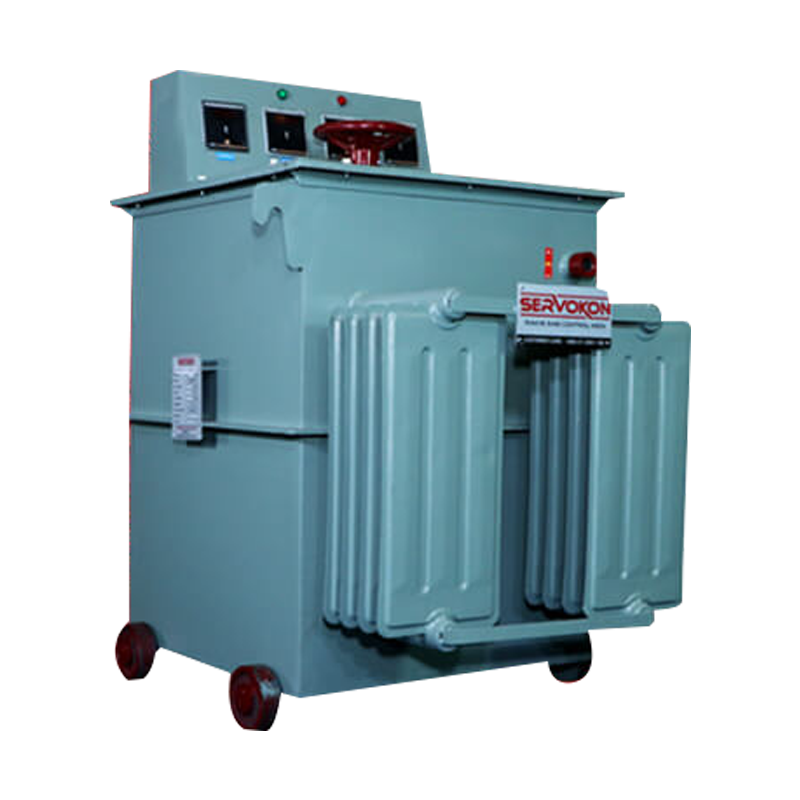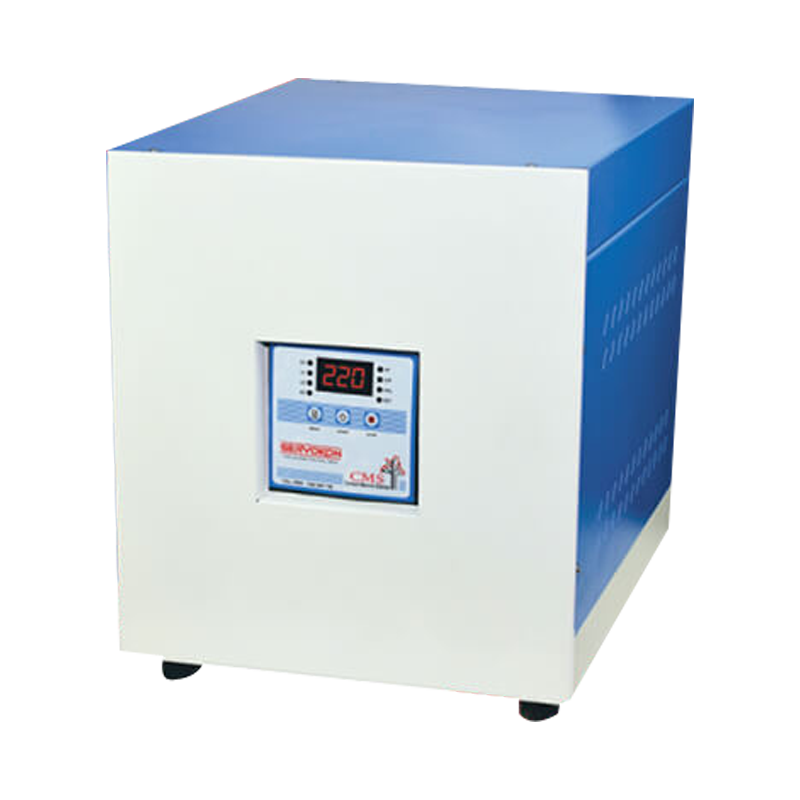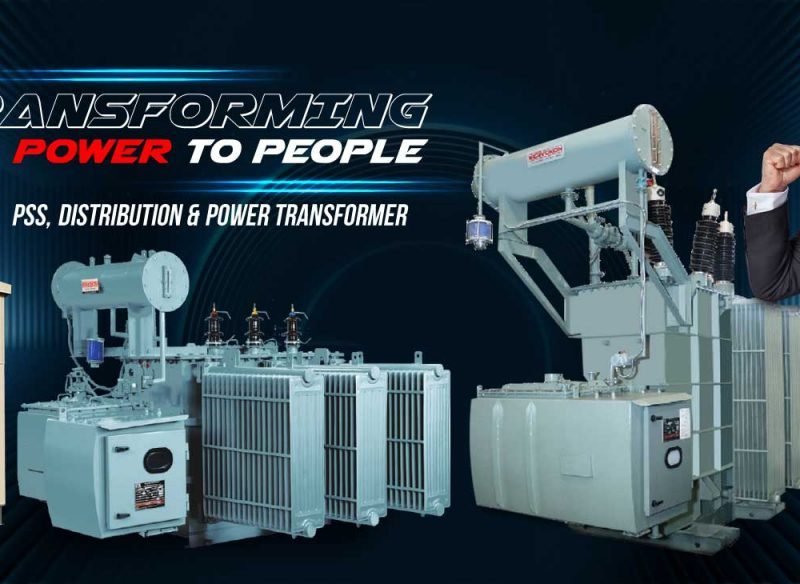Have you ever experienced a prolonged power outage in your home? Can you imagine how serious the consequences of power blackouts can be? Imagine a situation where there is no electricity, no power, or lights? Wouldn’t life come to a standstill, especially essential services like life-saving equipment in hospitals that run on electricity and water treatment plants that rely on electricity for functioning?
One of the most significant power outages in history occurred in India on July 30th and 31st, 2012. It affected about 9% of the global population and half of India’s population across 22 states in India. Such incidents reaffirm the need for energy resilience to mitigate incidences of power blackouts and provide a reliable and continuous electricity supply to households and businesses. Energy resilience refers to the ability of energy systems to recover from disruptions. It encompasses the technical and institutional capacity of energy systems as well as the societal capacity to foresee and prevent such disruptions.
It is pertinent to mention here that the electric grid, which is a source of electricity in our homes, is vulnerable to external threats like natural disasters and cyberattacks and internal threats such as aging and lack of proper maintenance. Moreover, the burgeoning population, urbanization, and improved connectivity have led to a massive demand for electricity, which places a significant strain on power grids. Grid resilience is the core principle of energy resilience. It refers to the ability of the grid to withstand and recover from stress without hindering its operations. Grid resilience is the way forward for a decarbonized global future.
One of the ways to navigate disruptions is to switch to smart grids. These smart grids are electricity systems that use digital technology to monitor and regulate the flow of electricity. Leveraging cutting-edge technology, they enable two-way communication between consumers and utilities, leading to real-time monitoring and optimization of power distribution. Smart grids can also reduce transmission and distribution losses as advanced sensors and automated technology can detect power theft and faulty equipment, among other causes of losses. This helps improve the efficiency of the power sector and makes electricity accessible and affordable to consumers. A major advantage of these smart grids is their ability to integrate renewable sources of energy. India has set an ambitious mission to achieve 450 GW of renewable capacity by 2030. However, the unreliable nature of renewable energy is a formidable hurdle to grid stability and resilience. Smart grids can overcome such obstacles by managing the demand and supply of electricity in real-time, ensuring smooth integration of renewable energy into the grid.
Solar power can come to the rescue of grid disruptions and failures, primarily when supported by robust and efficient power storage infrastructure. For instance, solar panels, which convert sunlight into electricity, can increase the overall efficiency of the grid management system. Another viable alternative can be to promote and fast-track the execution of utility-scale solar projects. These large-scale solar plants supply electricity to the grid. Cost-effectiveness and electricity generation at scale are key value propositions offered by solar utility projects. A rooftop PV, along with storage on select feeders, can be a cost-effective and clean alternative to expensive sub-distribution strengthening.
The need of the hour is also to encourage peak load shifting to enhance power storage capacity. Energy storage systems can play a pivotal role in improving the reliability and resilience of power systems by serving as backup sources of power during outages. For instance, batteries can store excess solar energy generated during the day, which can be used during peak demand hours, reducing pressure on the grids.
Autonomous power system can revolutionize the grid management landscape in India. These systems enable the smooth integration of diverse energy sources into the grid. Another major advantage is their ability to operate independently without relying on the primary power grid. This helps improve the reliability of the electricity supply and increases the resilience of the power sources.
The strategies mentioned above should be supplemented by grid modernization and regular grid upgrades. Investment in new-generation technologies such as smart metering infrastructure and grid management software can play an instrumental role in improving reliability in power supply by equipping utilities to anticipate, detect, and address outages promptly, mitigating the risk of hindering day-to-day operations due to such incidents. Integrating solar energy into the grid can also avert the chances of costly grid infrastructure upgrades such as new power lines, etc. While it will address the problem of blackouts in the immediate- term, it can provide an affordable and sustainable source of electricity supply in the long run.
Grid management also encompasses regular grid management workforce capacity building, including training operators, engineers, and other personnel to manage various crises. Regular mock training drills and simulations can improve response time, decision-making, and coordination during emergencies.
Revisiting the market and regulatory framework, such as moving towards a capacity market or improving the market for ancillary services, can incentivize the management and maintenance of energy infrastructure, thereby enhancing the reliability of energy supply.</[p>
Conclusion:
With a legacy of 35 years, Servokon Systems Limited is redefining the power conditioning landscape through its bespoke power solutions, excellent customer service, and stringent quality control measures. Having carved its identity as the leading Servo Stabilizer manufacturer, we have now forayed into engineering procurement and construction services and offer solar batteries, inverters, and panels, as well as the installation of Solar Power Generation Systems. With a formidable presence across 18 states in India, we are proud to power India’s ambitious dream of becoming a net-zero emissions economy by 2070.

